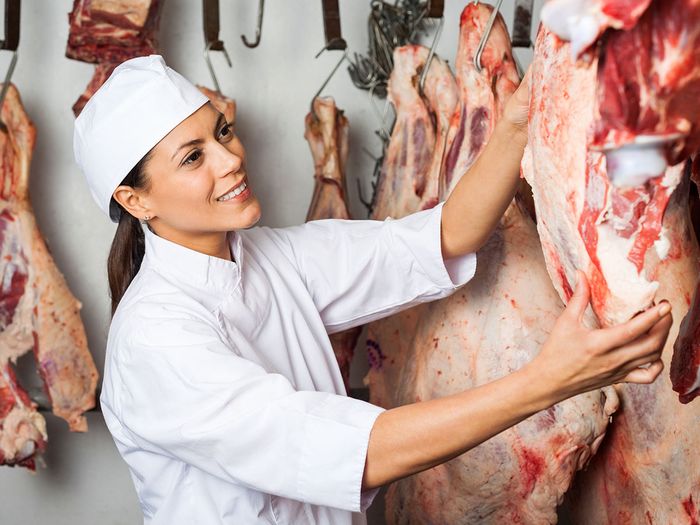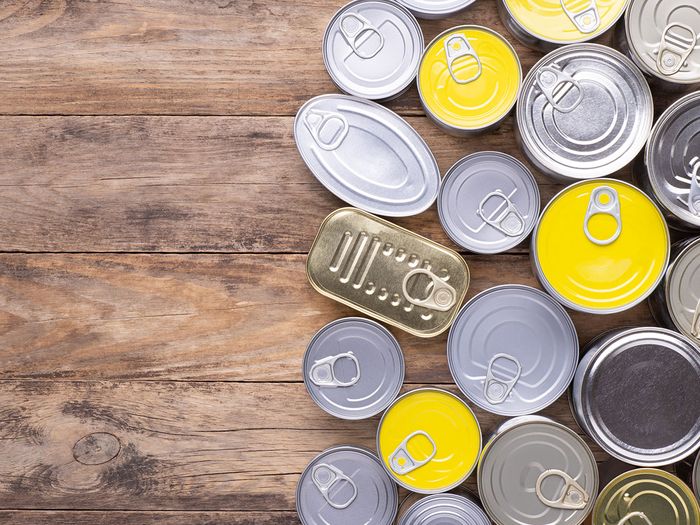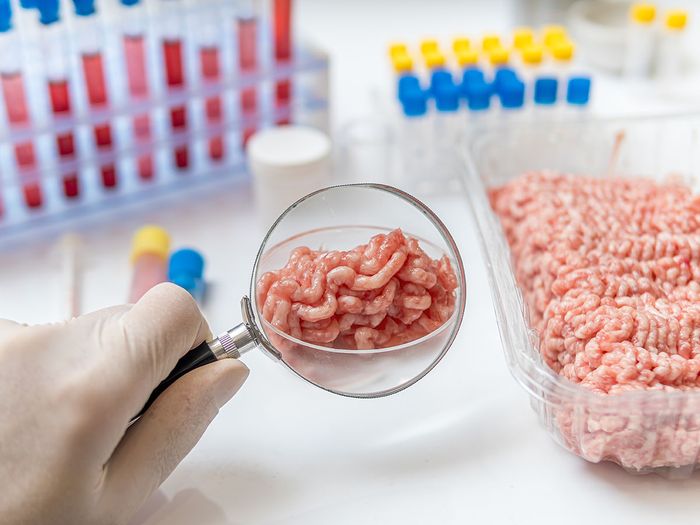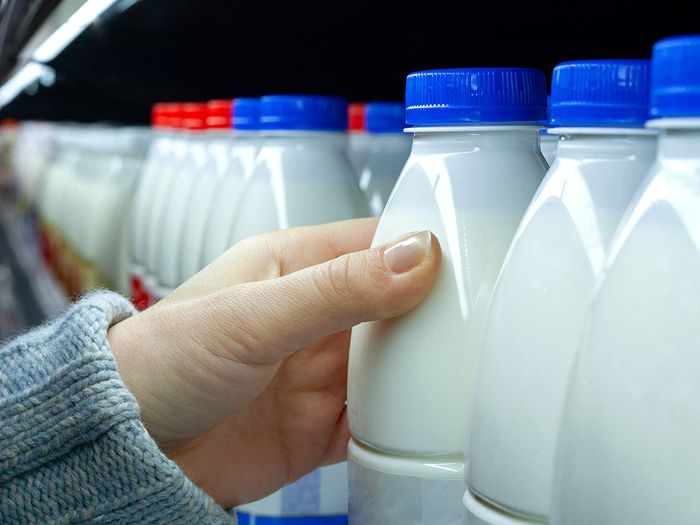Contact Alliant Food Safety today to learn more about our shelf life testing for your company’s food products.
A Food Producer's Guide To Shelf Life Testing
What You Need To Know About Shelf Life Testing

What Is Shelf Life Testing?
Shelf life testing is a quality control measure used to determine the expiration date of a product. This type of testing involves exposing a product to various environmental conditions, such as temperature and humidity, to see how it reacts over time. By doing this, manufacturers can get an idea of how long their products will be safe and effective for consumers.
At Alliant Food Safety, our laboratory utilizes the most technologically advanced methods available to test shelf life, and it begins by understanding exactly how stable a food is, knowing how distribution can affect the quality of storage, figuring out how the quality of the ingredients (as well as the way the ingredients are processed and packaged) can impact stability. Once we understand those factors, we are able to begin testing individual products.

Is There A Set Shelf Life For Certain Foods?
There is no one answer to this question, as the shelf life of a product can vary depending on a number of factors, such as the type of food, how it is stored, and the conditions it will be subjected to as it is transported. Understanding these variables is an important part of our laboratory's job when we are performing the tests required of your food products. We try to take as many of these factors into account when performing our tests, but it isn't limited to exterior variables. We also spend time establishing the quality of the ingredients and foods themselves, because ingredient quality can have a tremendous impact on the length of time a food is shelf-stable.

How Is Spoilage Tested?
The most common way to test for spoilage is through the use of a bacterial culture, also known as microbiological testing. In this process, a sample of the food product is taken and then placed into a special container that contains a growth medium. The container is then incubated at a specific temperature for a set amount of time. If bacteria grow in the sample, it indicates that the food product has become contaminated with microbial organisms. In this case, the expiration date would be established as soon as possible after it was determined that contamination had occurred. If there is no growth of bacteria in the sample, then either the food itself, or one of its ingredients, has antimicrobial activity, meaning it prevents microbial growth and spoilage.

OTHER IMPORTANT TESTING CRITERIA
Rate Of Deterioration
It's more difficult than one might imagine to measure the rate of deterioration of a product. If significant changes in food quality occur rapidly, determining the rate of deterioration is straightforward. But, even with a control sample kept at 0°F or -40°F, it can be difficult to distinguish between deterioration and normal quality fluctuations when minor changes occur gradually.
Lipid Deterioration
As a food product ages, the fats in it can begin to break down. This process, known as lipid deterioration, can lead to changes in the color, flavor, and texture of the food. This type of testing is often used to determine the shelf life of products that contain high levels of fat (25%+), such as dairy products or meat.
Olfactory Changes
The sense of smell is often the first to detect decomposition or spoilage in a food product. This is because certain types of bacteria produce compounds that have distinctive, and often unpleasant, odors. While this type of testing isn't as scientifically rigorous as some other methods, it can be a helpful indicator when used in conjunction with other forms of testing.
Moisture Analysis
Moisture analyses are quick and inexpensive, but package weight changes using empty containers as tare weights give the most accurate measures of moisture changes for many foods. This method is non-destructive, allowing the lab to detect variations in multiple individual packages while still returning the goods to storage for further testing.
